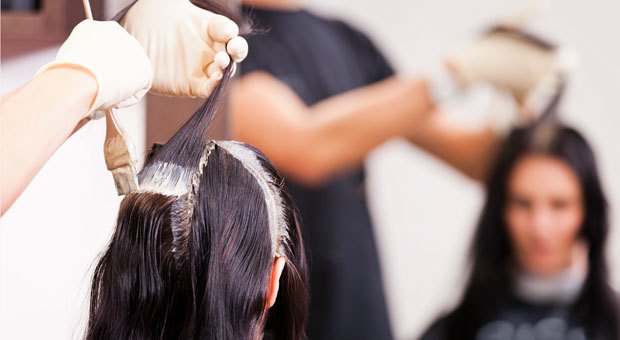Humans across the globe have an intrinsic desire to look good. The yearning comes from internal mind thrust to make individual’s persona appealing. This trait has resulted in the use of many techniques to beautify one’s face and hair. There are many techniques for enhancing the facial beauty through the use of numerous natural and synthesized substances. The practice of hair dyeing is ancient. Henna was the most common substance used for this purpose in olden days. Similarly, many procedures are developed over the years to enhance the appeal of hair. The most common application is the use of hair dyes. Spread of awareness among people has resulted in an extensive increase in usage of hair dyes. Ever changing fashions and craving for replication of leading icons’ looks has also contributed to the practice of hair dyeing.
Hair dyes are used to achieve desired results.
- The primary intent is to make gray hair look youthful through change of color.
- Restoration of hair color to natural shade.
- Fashion enthusiasts tend to follow newer looks.
- Permanent or semi-permanent hair dyes are used to achieve the desired effect.
Many chemicals are used in hair dyes. Ammonia was an important ingredient in all hair dyes and is being used in some inexpensive products. Hydrogen peroxide is another chemical used in the actual process of hair dyeing. ParaPhenyleneDiamine or PPD is a major constituent of permanent hair dyes. It is better for people to know about the products that they are going to be used quite frequently. The causes, symptoms and medications are useful areas of awareness.
During the process of dying hair, every care must be taken to avoid contact of the chemicals other areas of skin. The usual symptoms of allergic reactions are, itching sensation, rash in the affected area, swelling in the surrounding region. In some cases, skin peels off. Facial skin, eyelids, ears and neck are typical areas where allergic reactions are reported. Inflamed patches or nettle rashes are also reported. The manifestation of symptoms may occur within two or three days of application of hair dye. The condition may last for a few days with varying degrees of severity.
The first action recommended on allergic reactions is removal of applied hair dye to the maximum possible extent. Just use strong shampoo for washing off procedure. Removal of applied hair dye would reduce risk of severity of reactions. Once the hair dye is washed off, further medication or treatment can be followed. The safest household treatment for allergic reaction of hair dyes is frequent washing of the affected area. Gentle application of Hydrocortisone cream or Calamine lotions on the affected area would help reduce the itching sensation. The treatment can be repeated for a few days. If the reaction still persists, then the best thing to do is to visit a dermatologist for expert medication.
The simplest technique of checking the allergy of a particular product involves small application of the chemical on the skin and wait for 48 hours. If there is no rash or itching, the dye is safe for use. People experiencing allergic reactions of hair dyes are advised to desist from using such dyes. Ammonia free dyes are available in the market. Many non toxic colors are in use for such sensitive cases. Henna is a natural dye and would not have any allergic reaction. It is recommended to consult a doctor before using any kind of dye.
Nancy
Related posts
Women Tips
Privacy Overview
| Cookie | Duration | Description |
|---|---|---|
| cookielawinfo-checkbox-analytics | 11 months | This cookie is set by GDPR Cookie Consent plugin. The cookie is used to store the user consent for the cookies in the category "Analytics". |
| cookielawinfo-checkbox-functional | 11 months | The cookie is set by GDPR cookie consent to record the user consent for the cookies in the category "Functional". |
| cookielawinfo-checkbox-necessary | 11 months | This cookie is set by GDPR Cookie Consent plugin. The cookies is used to store the user consent for the cookies in the category "Necessary". |
| cookielawinfo-checkbox-others | 11 months | This cookie is set by GDPR Cookie Consent plugin. The cookie is used to store the user consent for the cookies in the category "Other. |
| cookielawinfo-checkbox-performance | 11 months | This cookie is set by GDPR Cookie Consent plugin. The cookie is used to store the user consent for the cookies in the category "Performance". |
| viewed_cookie_policy | 11 months | The cookie is set by the GDPR Cookie Consent plugin and is used to store whether or not user has consented to the use of cookies. It does not store any personal data. |


